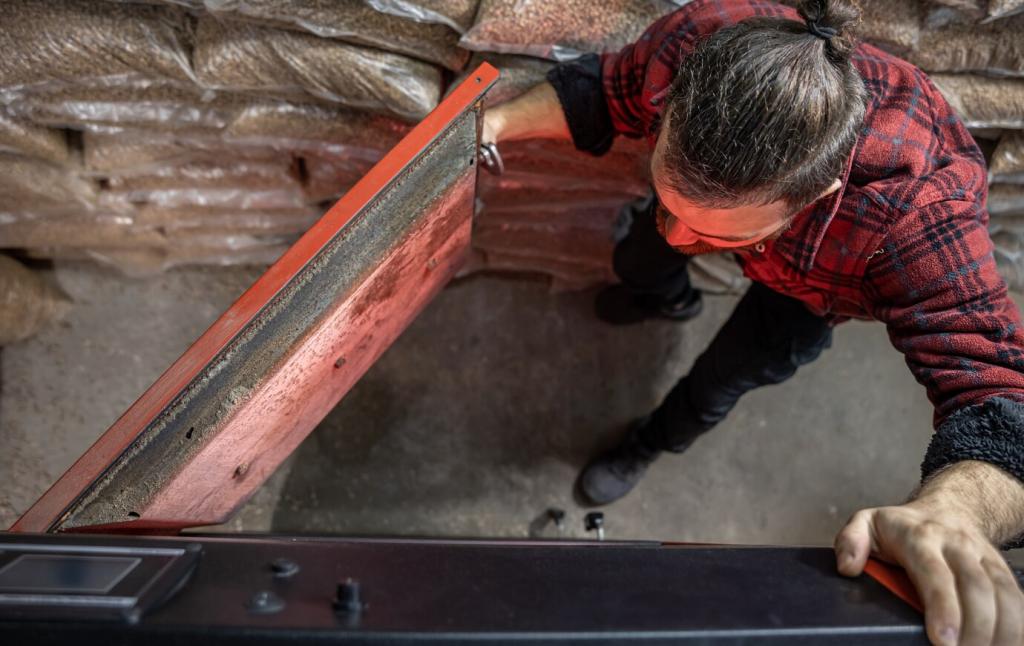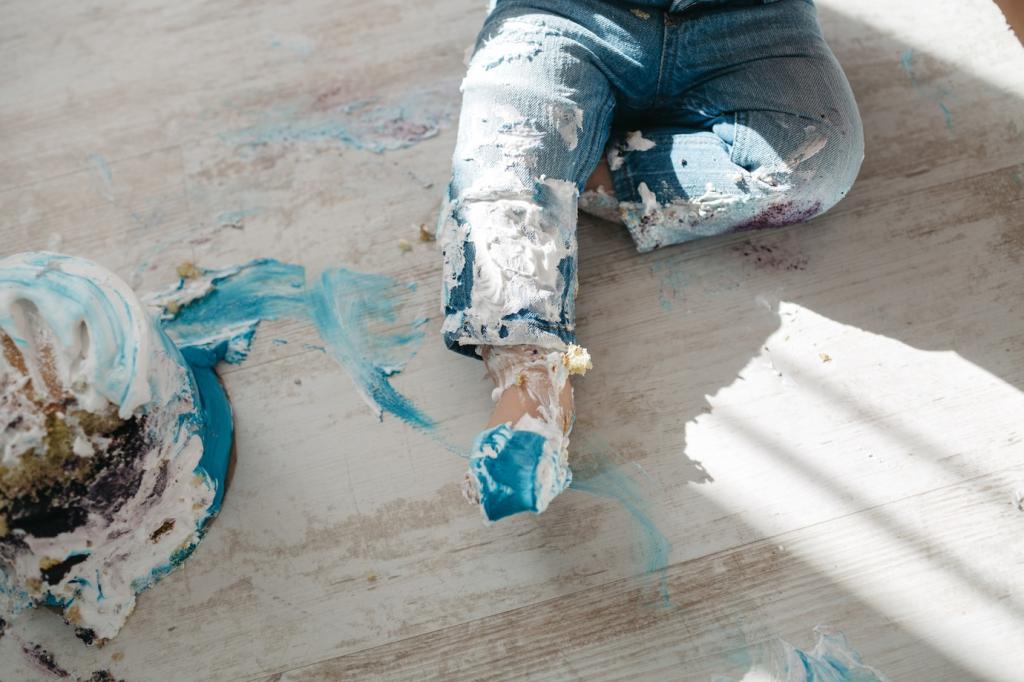Practice Toolkit: Testing, Mock-Ups, and Field Wisdom
Create test patches for consolidants, adhesives, and coatings in varied exposures. Observe color shift, sheen, and vapor behavior across weather cycles. What minimum observation period do you insist on before scaling up an innovative treatment?
Practice Toolkit: Testing, Mock-Ups, and Field Wisdom
Use infrared scans, moisture meters, and tensile pull-tests to guide real-time choices. Document deviations and why they improved outcomes. Tell us which instruments earned their place in your kit for integrating modern materials in restoration.
Practice Toolkit: Testing, Mock-Ups, and Field Wisdom
Not every trial succeeds, and that is valuable. Share setbacks that taught you about bond failure, salt blooming, or unexpected thermal effects. Your honesty helps others integrate modern materials more wisely and confidently.
Practice Toolkit: Testing, Mock-Ups, and Field Wisdom
Lorem ipsum dolor sit amet, consectetur adipiscing elit. Ut elit tellus, luctus nec ullamcorper mattis, pulvinar dapibus leo.




